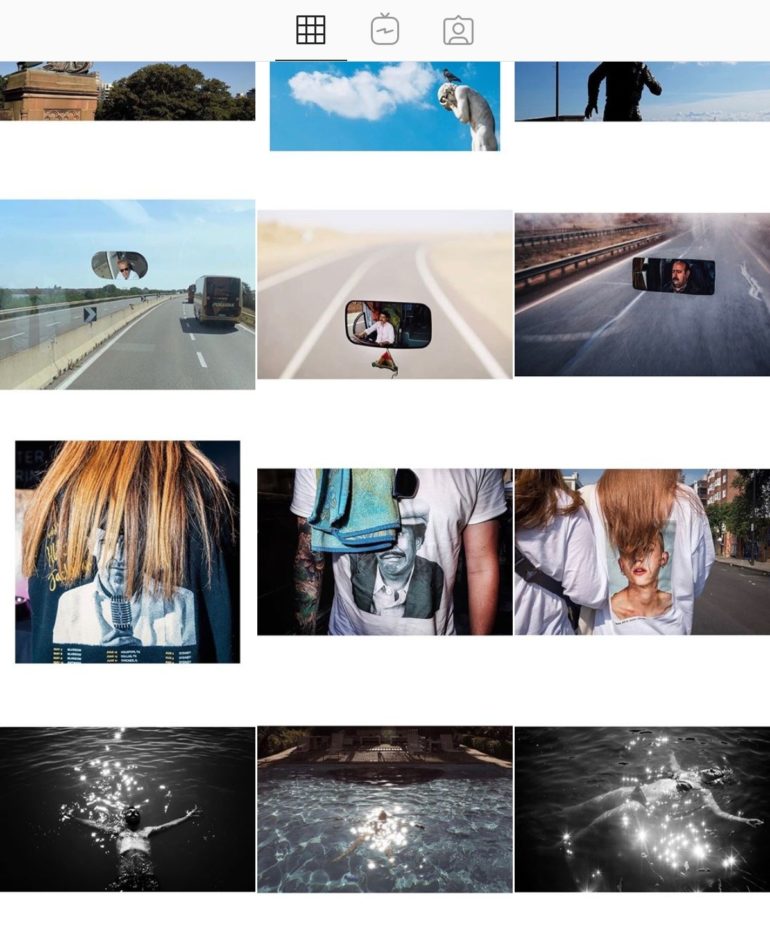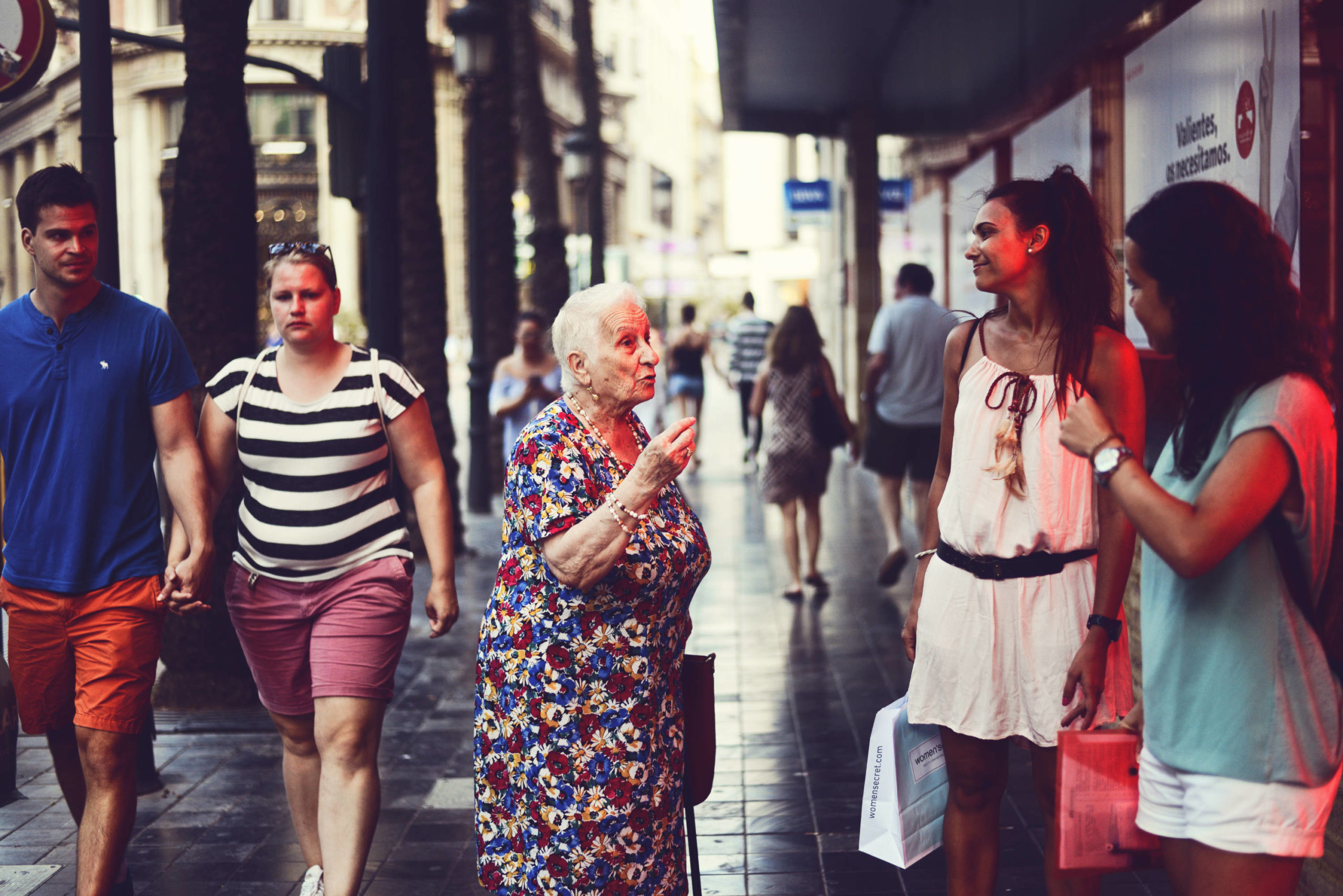Last Updated on 03/17/2023 by Lara Carretero
Let’s take a look at how street photography can remain fresh and relevant in the future.
I’ve been consuming a lot of street photography of late. Partly because that’s my job, and also because I’m stuck at home. Through my Instagram, I’ve been able to connect to many street photographers I’d not come across before, while also being introduced to some fantastic work in the process. But as I scroll through hashtags and feeds, I see many of the same styles and approaches, most of which offer very little substance. Right now, those styles are popular, not just on Instagram, but throughout the community as a whole. But like most styles, they have a lifespan, and here’s what I feel street photographers need to do to keep the scene nice and fresh as we move into the future.
Good street photography, at least in my eyes, easily elicits a response: not just emotionally, but with words. As I said, I’ve been spending a lot more time on my Instagram of late. I’m making a conscious effort to be more proactive and checking out more feeds of other photographers. The problem I’m having, however, is that it sometimes takes too long to find a photograph that really has some value. For example, I go to my favorite hashtags and immediately look at the top images. I should note that “top images” doesn’t mean the best, but rather the photographs that receive the most engagement. This is true on all social platforms, as algorithms are designed so that people see photographs people respond to the most.
“It is the job of a street photographer to show society the world they live in, on a deeper, more meaningful level.”
Popular Street Photography
It seems minimal street photography and fine art street photography are getting everyone excited right now. If I’m honest, those styles have dominated the genre for the past five years. I have nothing against that approach, I’ve shot images of a similar aesthetic myself. But the reason I believe it’s so popular is because it’s easy to digest. You don’t have to think too hard or for too long to find something pleasing about an image like that. A nice shadow, some pretty light, a pop of color: it’s all so easy to consume.
Don’t get me wrong; I’m not saying this kind of photography is bad. I enjoy at times. The problem is there’s so much of it that it becomes stale very quickly. Its popularity can only last so long.
You only have to go to websites like Street Repeat to see the lack of originality and meaning flooding the scene right now. People are not influenced by candid moments that happen in the real world, but rather by what they see online. I find that extremely disheartening. I feel it goes against everything street photography stands for: raw, candid, moments that everyday people often miss. It is the job of a street photographer to show society the world they live in, on a deeper, more meaningful level.
“Now, in the era of social media, it feels like people only want to see something they’ve already seen a thousand times.”
But what do we learn from the person walking past an interesting wall? Or someone perfectly positioned in a pocket of light? I won’t go as far to say that isn’t proper street photography, but I do feel we’re doing a huge disservice to the craft. So, what’s the solution?
Moving Forward
Sometimes, when something has to evolve, that can mean taking some steps backward. I’d very much like street photography to go back to its roots. It was never about picture-perfect scenes: that’s for the landscape and commercial photographers. Street photography was, and in many ways still is, about the unpredictability of life. Sometimes that needs to be communicated with an image that breaks all the traditional rules of photography. A moment can be captured in a quick second; you don’t always have time to think about the technical elements of the craft, you just need to retell the story.
Again, don’t get me wrong; composition, timing, and framing are all important. But, street photography has a little more free license when it comes to the final product, and for me that’s what made the genre so emotionally charged. Now, in the era of social media, it feels like people only want to see something they’ve already seen a thousand times.
It is time for street photographers to stop playing it safe. Stop shooting what you see others shoot, and start making your own stories. A great street photograph is impossible to replicate. But yet when I look online, at the photo festivals, all I see is the same meaningless, easy images. Take a look:

I have nothing against any of those photographers. They clearly love the craft, but it’s obvious they’re not doing their own thing either. Where’s the fun in that? Where’s the joy in seeing a photo online and saying, “I’m going to go out and take the exact same photo?” Street photography is about freedom, yet people restrict themselves with replicas. And this isn’t about talent, but rather vision. I’m certain if they put their mind to it these same photographers could be shooting their own message.
Fellow street photographer, Dimpy Bhalotia, is someone who has found her own voice within the genre. She too feels disheartened by all the imitation and lack of innovation within the scene.
“Photographer’s chasing each other’s style, to me, is like everyone borrowing each other’s vision. Everyone starts to have parallel thinking and end up making the same photographs.” On breaking the cycle of, Bhalotia says, “… it’s very important to understand and read yourself, your personality and your likes and dislikes. Photos won’t look organic if you want to create frames from what has already been done. You will be just another walking clone on earth.”
Trends Move-in Cycle’s
Bhalotia is right. Street photographers are no longer creating with soul, passion, and personality. Instead, they immerse themselves in a lifeless cycle of images that offer nothing for viewers to sink themselves into.
As I look at the work of other photographers, I try hard to offer something more than the standard “nice shot.” But a photographer has to make you want to give more, and sadly very few do in today’s climate of social media street photography.
I’m confident this time will pass; everything works in cycles. And when people become tired of the same old same old, street photography will return to the romance of reality, telling the story of life for generations to come.


